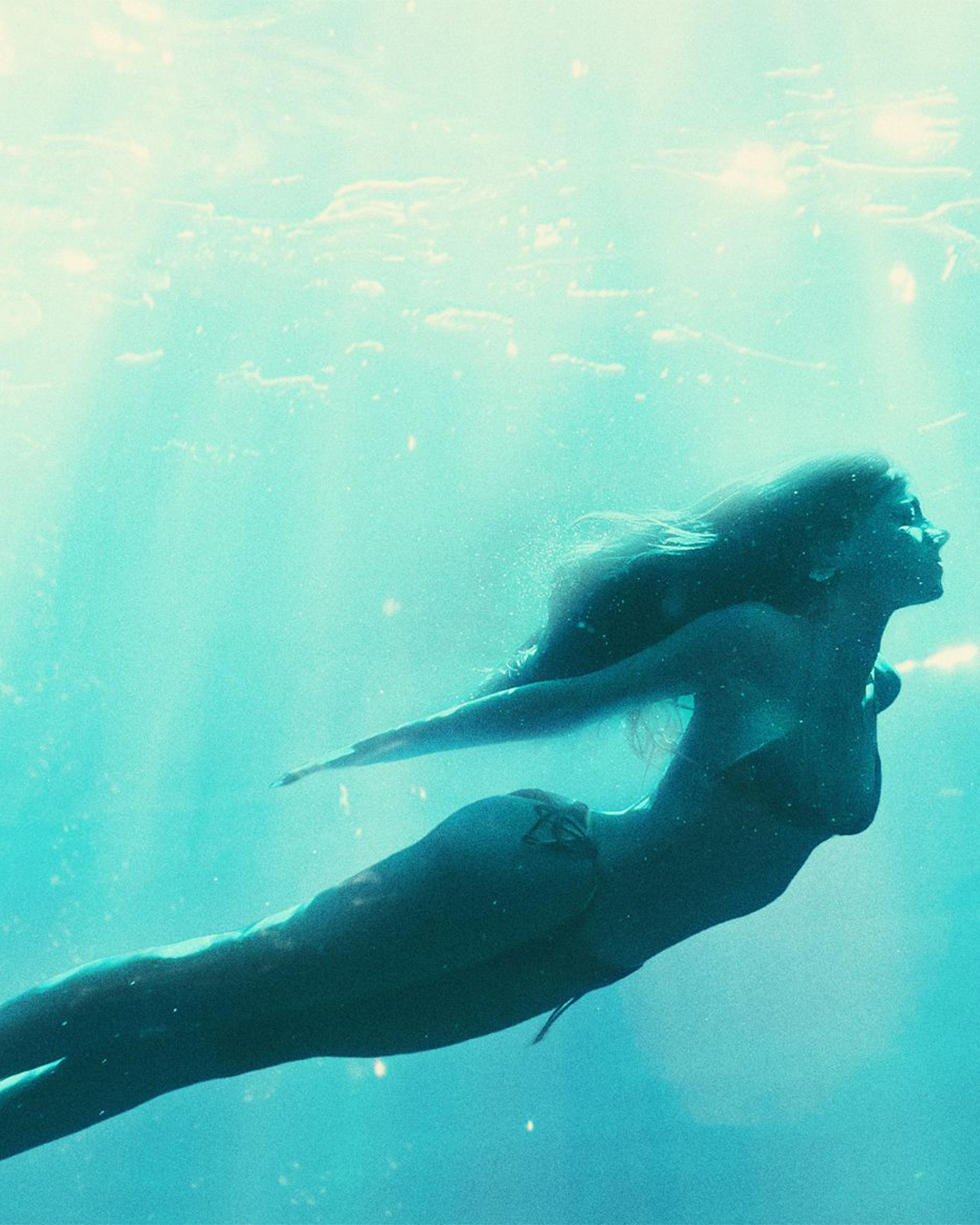
Paolo Sorrentino creates a cinema where you "lose yourself all over" From One Man Up until Parthenope, from the aesthete to the man
«Of course, life is huge. You get lost everywhere». The phrase is by Louis-Ferdinand Céline, and the quote opens the latest film by Paolo Sorrentino, Parthenope. And it’s incredible how, in drawing from the words of the French poet, the Neapolitan director and screenwriter seems to speak not only about life itself but also about what cinema is. Not in full, absolute terms, but about what the filmography of any author can be. Or at least those whose works have been "bigger than life." This is the case of the young man who wrote a letter to Massimo Troisi to work on one of his sets and, in his early career, served as assistant director for I ladri di futuro by Enzo Decaro. And with his (second) film about youth, he encapsulates all of his cinematography, even more than he did with the previous, magnificent, The Hand of God. Set in 1950 and progressing to the present day, Parthenope takes its name from its protagonist, who, in turn, is given the name as a tribute not to the myth of the Greek siren, but to the strip of land between Vesuvius and the Phlegraean Fields that stands on the horizon at the moment of her birth. A young woman who doesn’t need to sing to attract sailors, her beauty is enough. The great beauty that Sorrentino already portrayed, winning an Oscar for it, and which thematically returns in the film with newcomer Celeste Della Porta, becoming almost a compendium of everything he has done since the beginning of his career, culminating in his recent self-portrait.
What’s missing in the film is just his actor-double, Tony Servillo. Otherwise, everything is there. There’s Napoli’s championship win, a nod to his passion for soccer and the myth of Maradona (it’s no coincidence that he named his production company Numero 10), there’s the love for “the most beautiful city in the world,” where, it seems, one cannot be happy while living there, and there are all the narrative and stylistic fetishes that have always characterized him. But above all, there’s the fusion of these elements. There are the two Paolo Sorrentino that have always made the director from Vomero both ambiguous and fascinating: his frantic attachment to humans and his tendency to elevate them into ridiculous, silly, and kitsch figures that have always accompanied him (though there are no nuns this time, although we will soon reach God). Parthenope is, therefore, the truest portrait of the director, albeit also the most disjointed, empty, and inconsistent, despite being full of his everything – with a pinch of the male gaze that Sorrentino has always had. It’s the pursuit of earthly characters, from Tony Pisapia in his debut One Man Up to the corruption reduced to an ice cream cup in Il Divo. It’s the humanity of a man beneath his makeup in This Must Be the Place or the last days of the main character's life in a Swiss alpine retreat in Youth. It’s the truth of his protagonists, their being flesh and feelings, as Mick Boyle/Harvey Keitel said, it’s not true that emotions are overrated.
uscita da Parthenopepic.twitter.com/g4jUW1S1ru
— illiot (@itwasaallyellow) September 20, 2024
And in this crowd of characters that is Parthenope, there’s also formalism, the aesthetic. The sheen that Sorrentino has reproduced each time, similar yet different, identifiable as his trademark – this time leaning towards haute couture, given the backing from Saint Laurent. It’s the intellectual and decadent excesses of The Great Beauty, the pills falling from the sky, and the young women dancing at the parties of his Silvio Berlusconi in Loro. That’s the director – vain and vain-glorious, profound and ephemeral. Always with a ready answer, like his Parthenope: «Did you notice that in old films, characters always have one». The sacred and the profane reached their peak in television in 2016 with The Young Pope, where his questioning of God (and no, this time not Maradona) catapulted him into one of the most earthly operations ever done: a Pope who is revealed to be a man, while in his cinema, any man or woman adorned themselves with gold to become saints - even in Parthenope, awaiting the miracle of San Gennaro.
Pensando agli ultimi 10 minuti di Parthenope pic.twitter.com/PnnVcgOAHw
— M (@mirtharry) September 20, 2024
And as a final touch, the unexpected. Even Parthenope couldn’t resist. Stripping itself of everything and showing itself splendidly as it truly is, so far from what we had seen up to that point, yet so close to its most intimate nature, The Hand of God revealed that even Paolo Sorrentino has a heart, one that beats like ours, and not to the rhythm of Do It, Do It Again. An autobiography that «had something to say». The story of who Sorrentino was, how he became who he is, of a sea that opened before his eyes in the bluest film of his career, where he explains the superstitions, the family lunches, the beautiful aunts sunbathing naked, and the Napoli matches won, which irreversibly shaped his imagination. Ending with the most unexpected of songs, given its popular resonance, and yet the only possible track: Napule è by Pino Daniele, as Filippo Scotti/Fabietto Schisa/Paolo Sorrentino sits by the window of a train heading to Rome, towards the future. There’s a piece of The Hand of God in Parthenope. From now on, it will always be there; there’s no going back. Sorrentino has revealed himself, stripped bare, we know what lies behind his aestheticism. The turning point has been made, from now on he can return to exaggerated fanaticism, and in Parthenope, unfortunately, it is even too accentuated. But he has given us a gift for which we should be grateful: he has allowed us to enjoy the works of a great artist and, through his cinematography, to understand how he became one.













































